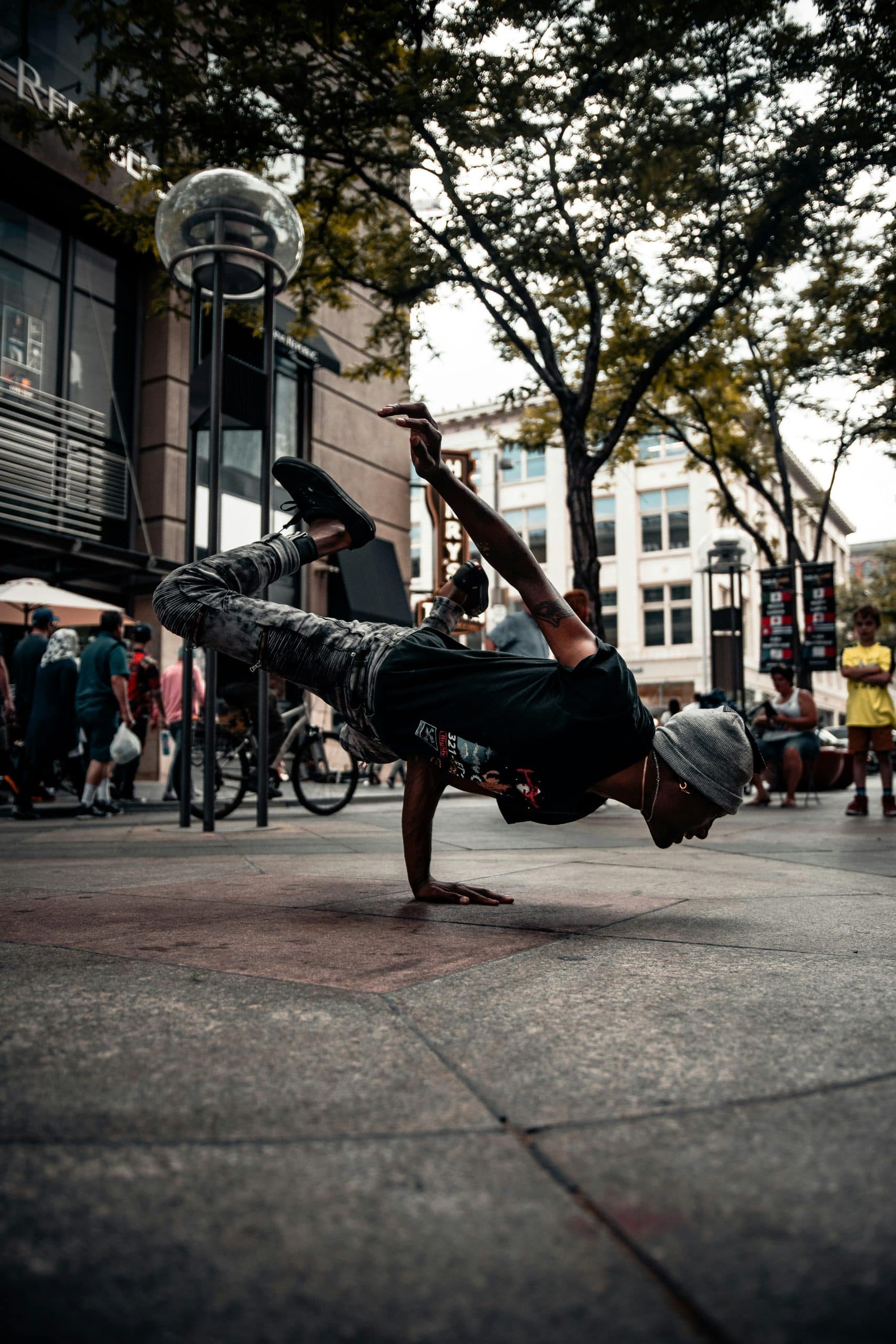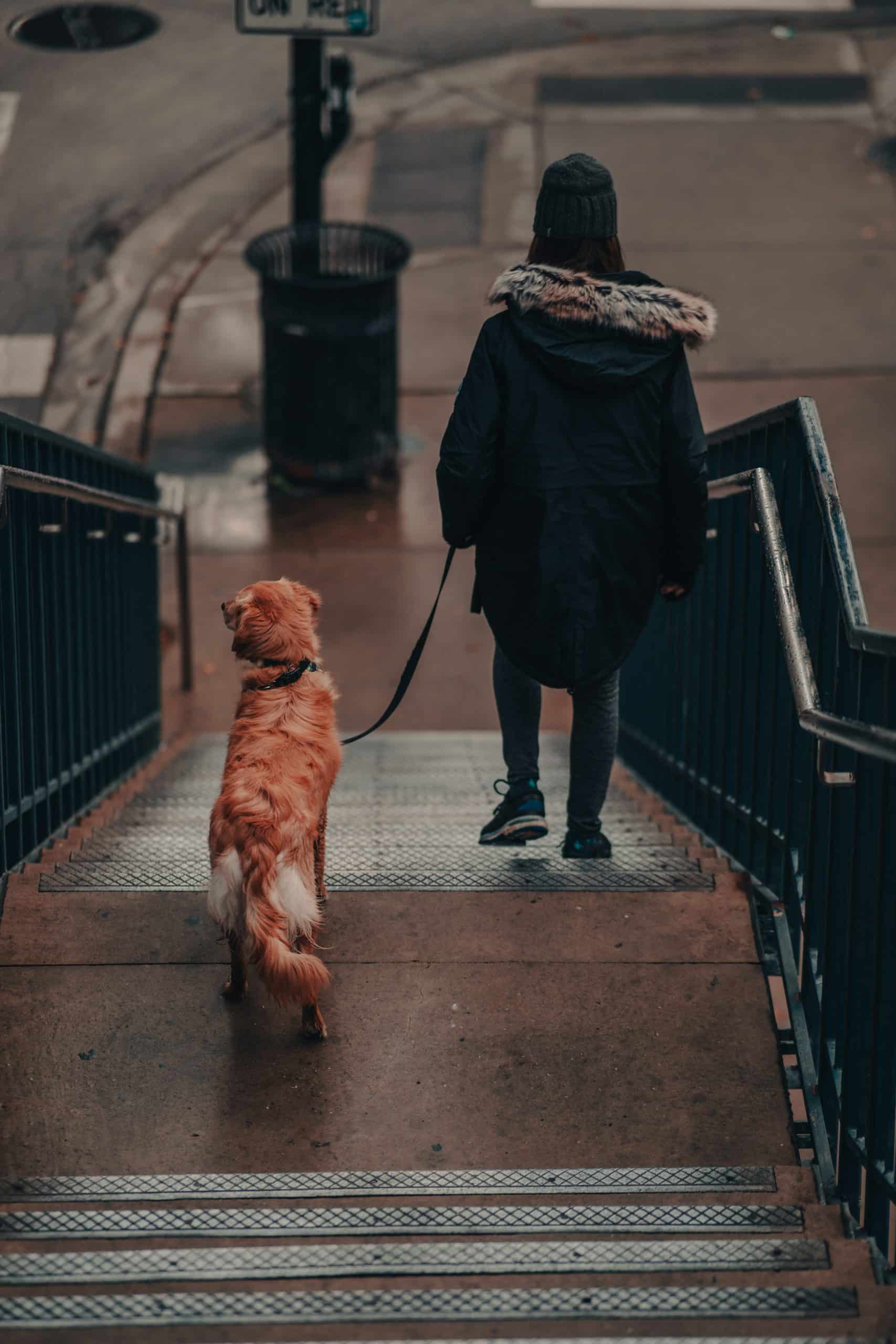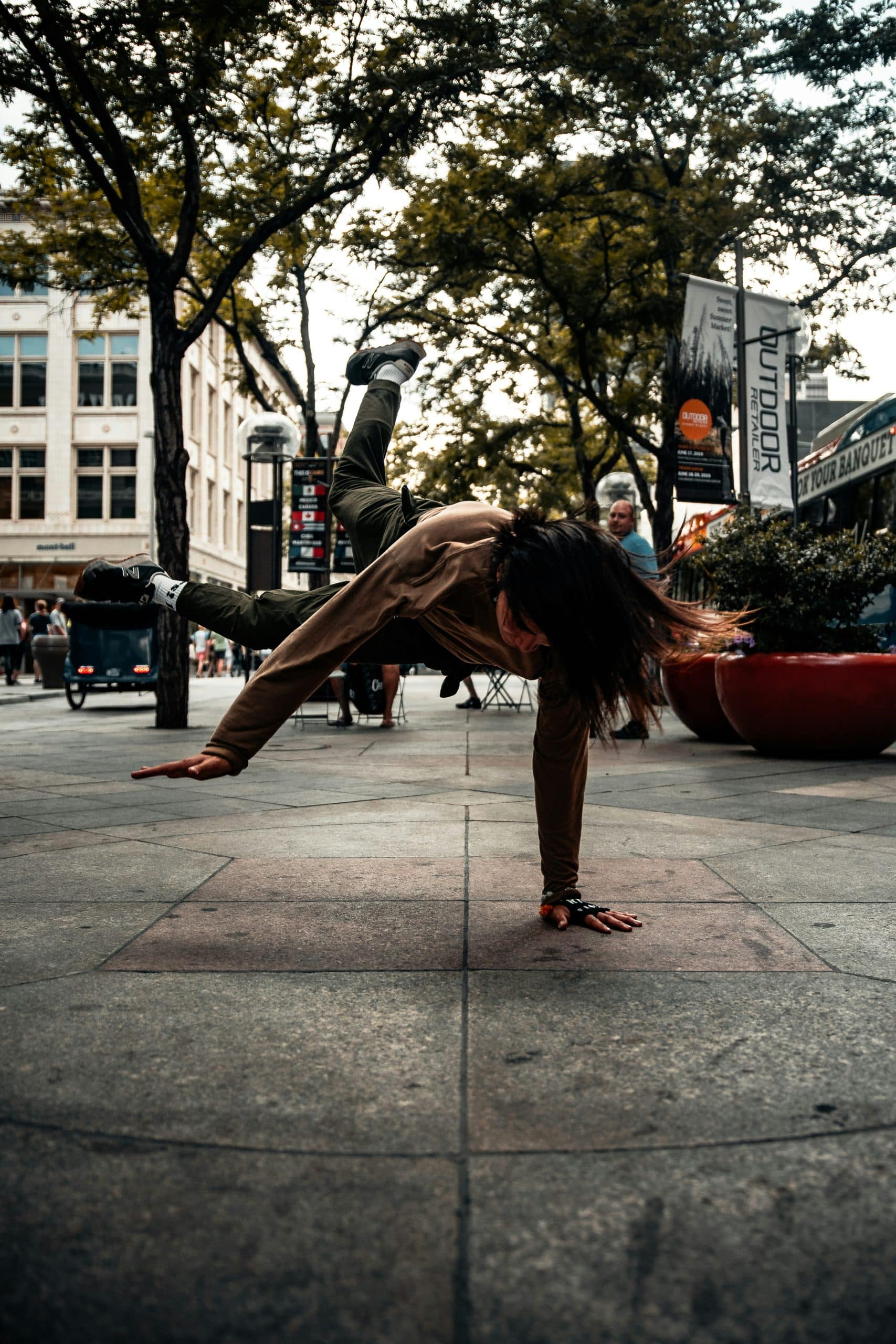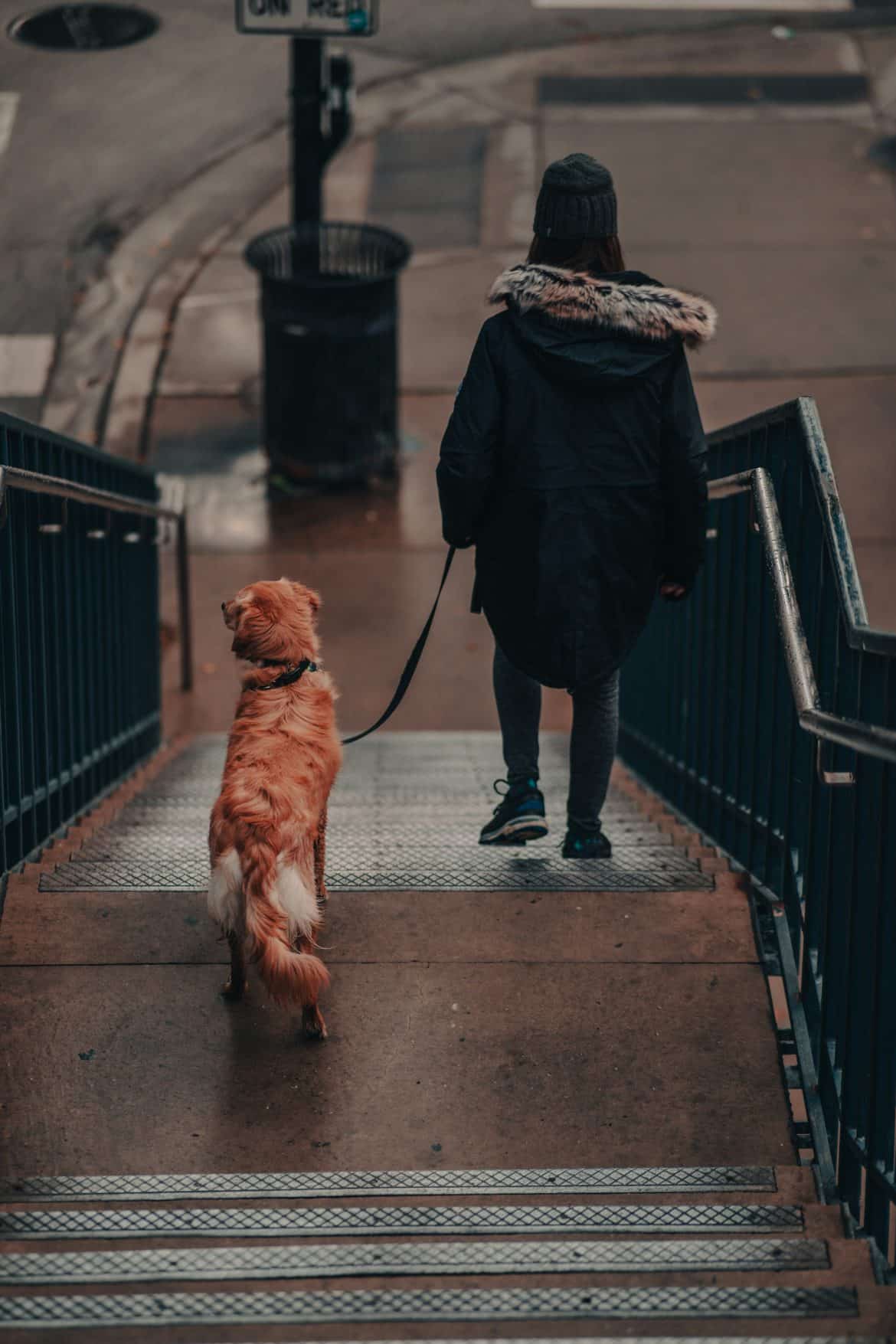If you're a proud puppy parent, you may find yourself wondering when it's safe for your adorable fur baby to navigate stairs. It's an important question to consider, as puppies are known for their boundless energy and curiosity. In this article, we'll explore the topic of when it's appropriate for puppies to go up and down stairs, providing you with the guidance you need to ensure their safety and well-being. So, let's shed some light on this important milestone in your puppy's development!
Overview of Puppy Development
Physical Development
During the early stages of a puppy's life, there are significant physical developments that take place. These developments include the growth and strengthening of muscles and joints, which are crucial to their overall mobility and well-being.
Muscle Strength
Muscle strength is an essential aspect of a puppy's physical development. As they grow, puppies gradually gain more muscle mass, which allows them to support their body weight and engage in various activities. Strong muscles are particularly important for puppies to navigate stairs safely.
Joint Development
Alongside muscle strength, the development of joints is another crucial factor in a puppy's physical growth. Their joints undergo a maturation process, gradually becoming more stable and able to withstand increased pressure. Proper joint development is essential for a puppy's ability to use stairs without risking injury.
General Guidelines for Stairs
Consult a Veterinarian
Before introducing your puppy to stairs, it is always advisable to consult with a veterinarian. They can provide important insights into your puppy's specific needs and any potential risks associated with stair usage. Veterinarians can also offer valuable guidance on the appropriate age and technique for safely introducing stairs to your furry friend.
Consider Individual Puppy
Every puppy is unique, and their readiness to tackle stairs may vary. It is crucial to consider your individual puppy's physical capabilities, temperament, and overall development before allowing them to use stairs. Taking these factors into account will help ensure a safe and positive experience for both you and your puppy.
Assess the Environment
When deciding whether your puppy is ready for stairs, it is essential to assess the environment in which the stairs are located. Factors such as the staircase design, height, and stability should be evaluated to determine their suitability for a small and developing puppy. Ensuring a secure and stable staircase is key to minimizing risks.
Gradual Introduction
Introducing stairs to your puppy should be a gradual process, allowing them to build confidence and experience at their own pace. Start by training them on the lowest step or a shallow incline, using positive reinforcement techniques. As they become more comfortable and skilled, gradually increase the difficulty until they can confidently navigate the entire staircase.
Factors to Consider

This image is property of images.unsplash.com.
Breed and Size
The breed and size of your puppy play a significant role in determining when they should start using stairs. Smaller breeds tend to have less muscle mass and joint stability compared to larger breeds. Therefore, they may require more time to develop before attempting to navigate stairs independently.
Age and Developmental Stage
The age and developmental stage of your puppy are crucial factors to consider when deciding if they are ready for stairs. While there are general age ranges for different breeds, every puppy develops at their own pace. Observing their balance, coordination, and overall physical capabilities will give you a better understanding of their readiness.
Existing Health Conditions
If your puppy has any existing health conditions, it is important to consult with a veterinarian before introducing them to stairs. Certain conditions, such as hip dysplasia or arthritis, can make stairs potentially harmful for your puppy. A professional opinion will help ensure you make the best decision for your puppy's health and well-being.
Parental Supervision
Regardless of your puppy's breed, size, or age, parental supervision is essential when they start using stairs. Being attentive to their movements, posture, and any signs of discomfort or struggle is crucial for their safety. Supervising your puppy will allow you to intervene if necessary and prevent potential accidents.
Staircase Design
The design of the staircase itself can significantly impact its suitability for a puppy. Steep and narrow stairs may pose challenges for a small puppy, increasing the risk of falls or injuries. Opting for wider steps, providing additional traction, or installing a railing can enhance the safety and ease of staircase usage for your puppy.
Recommended Age for Stairs
Small Breeds - 3 to 4 Months
Small breeds, such as Chihuahuas or Toy Poodles, generally have a longer period of physical development compared to larger breeds. They typically begin to develop the necessary muscle strength and joint stability to navigate stairs around 3 to 4 months of age.
Medium Breeds - 4 to 7 Months
Medium-sized breeds, such as Bulldogs or Border Collies, often fall into the 4 to 7 months age range when they can safely start using stairs. By this stage, their muscles and joints have typically developed enough to support stair climbing without excessive strain.

This image is property of images.unsplash.com.
Large Breeds - 6 to 9 Months
Large breeds, including Labrador Retrievers or German Shepherds, tend to have a slower growth rate compared to smaller breeds. They typically require more time for their muscles and joints to reach the maturity needed for stair usage. Large breeds are typically ready to tackle stairs between 6 to 9 months of age.
Giant Breeds - 9 to 12 Months
Giant breeds, such as Great Danes or Saint Bernards, take an extended period to reach their full size and physical development. Their muscles and joints require extra time to become strong and stable enough to handle stairs without significant strain. Generally, giant breeds are ready for stair usage between 9 to 12 months of age.
Signs of Readiness
Confidence
One of the key signs that a puppy is ready to use stairs is a demonstration of confidence. If your puppy shows eagerness to explore the staircase and approaches it without fear or hesitation, they may be ready to begin stair training.
Balancing Skills
A puppy's ability to maintain balance while navigating stairs is crucial for their safety. Look for signs of good coordination, steady movements, and a lack of excessive wobbling or stumbling. These balancing skills indicate readiness to tackle stairs.
No Joint or Limb Diseases
Before allowing your puppy to use stairs, ensure they do not have any joint or limb diseases that could be exacerbated by such activities. Radiographs or a vet's examination can help identify any underlying issues that could potentially worsen with stair usage.
Muscle Development
Observe your puppy's muscle development, particularly in their legs and hindquarters. Adequate muscle strength is essential for safely ascending and descending stairs. If you notice well-defined muscles and active movement, it is an indication that they have developed the necessary strength for stairs.
Ability to Descend Safely
While ascending stairs is an important milestone, the ability to descend safely is equally crucial. Ensure your puppy demonstrates the coordination and control required to navigate stairs in both directions. Their ability to descend without slipping, tumbling, or excessive jumping is a positive sign of readiness.
Potential Risks of Early Stair Usage

This image is property of images.unsplash.com.
Joint Stress and Injuries
Using stairs before a puppy's joints have fully developed can put stress on these vulnerable areas. This stress could potentially lead to injury or even long-term joint problems, such as arthritis or hip dysplasia. It is important to avoid premature stair usage to mitigate these risks.
Falls and Accidents
Puppies exploring stairs without adequate readiness may be prone to falls or accidents. Their lack of coordination or confidence may result in slips, trips, or tumbles, leading to injuries or trauma. A gradual and cautious introduction to stairs can help minimize the potential for such accidents.
Muscle Strain
If a puppy's muscles are not sufficiently developed, attempting to climb stairs can strain or overexert these immature muscles. Muscle strain can lead to discomfort and potential injuries. Waiting until the muscles have developed adequately can reduce the risk of such strain.
Behavioral Issues
Forcing or rushing a puppy to use stairs before they are ready can lead to behavioral issues. The stress or fear associated with premature stair usage may cause anxiety or reluctance to repeat the activity in the future. It is crucial to ensure a positive and supportive environment to prevent potential behavioral problems.
Training Techniques
Positive Reinforcement
Training your puppy to use stairs should be a positive experience. Utilize positive reinforcement techniques, such as praise, treats, or toys, to reward them for their efforts and successes. The association of stairs with positive rewards encourages your puppy to continue their progress.
Using Treats or Toys
Using treats or toys as a motivational tool can be highly effective during stair training. Guide your puppy up and down the stairs by enticing them with a tasty treat or a favorite toy. This positive association will not only make the training process enjoyable but also strengthen their confidence and willingness to use stairs.
Repetition and Patience
Repetition is essential when training your puppy to use stairs. Practice frequently, allowing them to become familiar with the activity and building their muscle strength over time. Patience is also crucial, as every puppy learns at their own pace. Stay consistent and supportive throughout the training process.
Using a Leash
Using a leash during stair training can provide an added layer of safety and control. Attach a leash to your puppy's collar and guide them up and down the stairs while ensuring their safety. The leash allows you to guide their movements and provide reassurance during the training sessions.
Alternative Strategies
Ramps or Slopes
If your puppy is not yet ready to use stairs or if there are concerns regarding their safety, consider using ramps or slopes as an alternative. Ramps can provide a gradual incline that is easier for a puppy to navigate, minimizing the risk of falls or injuries. This approach can be particularly helpful for puppies with joint problems or mobility issues.
Carrying the Puppy
In certain situations, carrying your puppy up and down stairs may be the best option. This is especially true for very young puppies who are still developing their muscle strength and coordination. Carrying them ensures their safety while allowing them time to grow and develop before taking on stairs independently.
Creating Safe Barriers
If you have concerns about your puppy using stairs without supervision, consider creating safe barriers to restrict their access. Baby gates or pet gates can be used to block off staircases, preventing unintended stair usage. This approach allows you to control when and how your puppy uses stairs, ensuring their safety and minimizing risks.
Additional Considerations
Exercise and Activity Levels
In addition to stair training, well-rounded exercise and activity routines are crucial for a puppy's overall development. Regular walks, playtime, and appropriate physical activities help promote muscle growth, joint health, and overall fitness. Ensuring a balanced exercise regimen will support their readiness for stairs.
Consultation with a Trainer
If you are uncertain about when to introduce your puppy to stairs or encounter challenges during training, seeking guidance from a professional dog trainer can be beneficial. They can assess your puppy's unique needs, provide expert advice, and develop a tailored training plan based on their expertise.
Regular Health Check-ups
Routine health check-ups with a veterinarian are vital for monitoring your puppy's growth and development. Regular examinations can help identify any potential health issues or concerns that may affect their ability to use stairs safely. Maintaining a healthy and active lifestyle, along with regular veterinary care, ensures your puppy's overall well-being.
Conclusion
Taking a gradual and adaptive approach to stair training is crucial for the safety and well-being of your puppy. Prioritizing their physical development, individual readiness, and the environment in which they will be using stairs are essential factors to consider. By following recommended age ranges, assessing signs of readiness, and implementing positive training techniques, you can provide your puppy with the necessary skills and confidence to navigate stairs safely. Remember to prioritize safety, health, and positive experiences throughout the training process, enabling your furry friend to embrace stair usage with ease and enjoyment.


